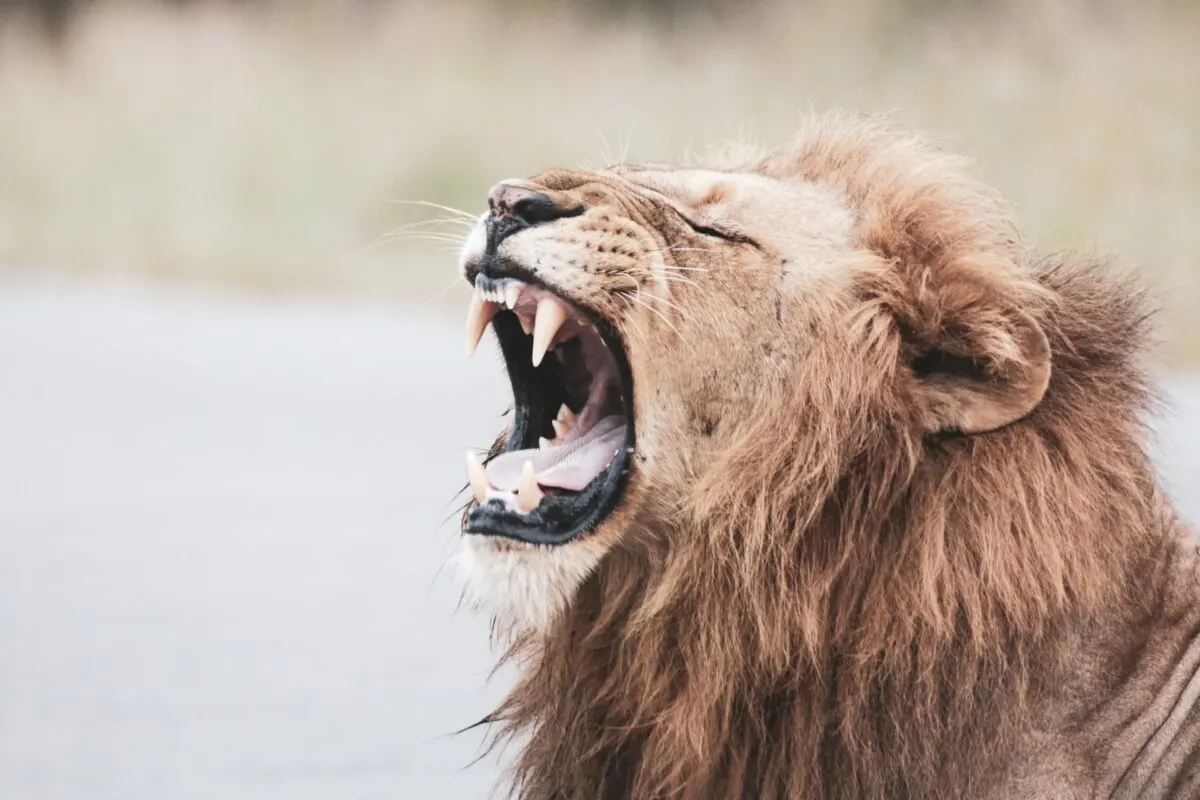Few species compare to the deadly lion and cobra. These animals have historically been feared for their lethal capabilities, whether through powerful jaws or venom.
But which is more dangerous? While we can never truly know, some interesting facts about the lion and cobra contribute to their reputation as two of nature’s most dangerous predators.
In this blog post, I will explore these fascinating animals further by comparing them side-by-side in terms of physical traits, behavior patterns and other factors to determine which is more dangerous. Can you guess – the king of beasts or the king of snakes?
Want to jump ahead? Click below
Comparison Table of Lion vs Cobra
| Lion | Cobra | |
|---|---|---|
| Scientific name | Panthera leo | Naja |
| Habitat | Grasslands, open woodlands, scrublands, and dry savannas throughout Africa, India, and Asia. | Rainforests and wetlands |
| Size | Height: 4 to 6.5 feet Weight: Males weigh around 350-420 pounds, while females weigh 250-300 pounds. | Height: 4 to 6.5 feet Weight: Males weigh around 350-420 pounds, while females weigh 250-300 pounds. |
| Type of attack | Stalking and ambushing the prey. | Suffocate the prey and strike with speed. |
| Social Structure | Mainly live in groups called prides | Solitary animals |
Lion:
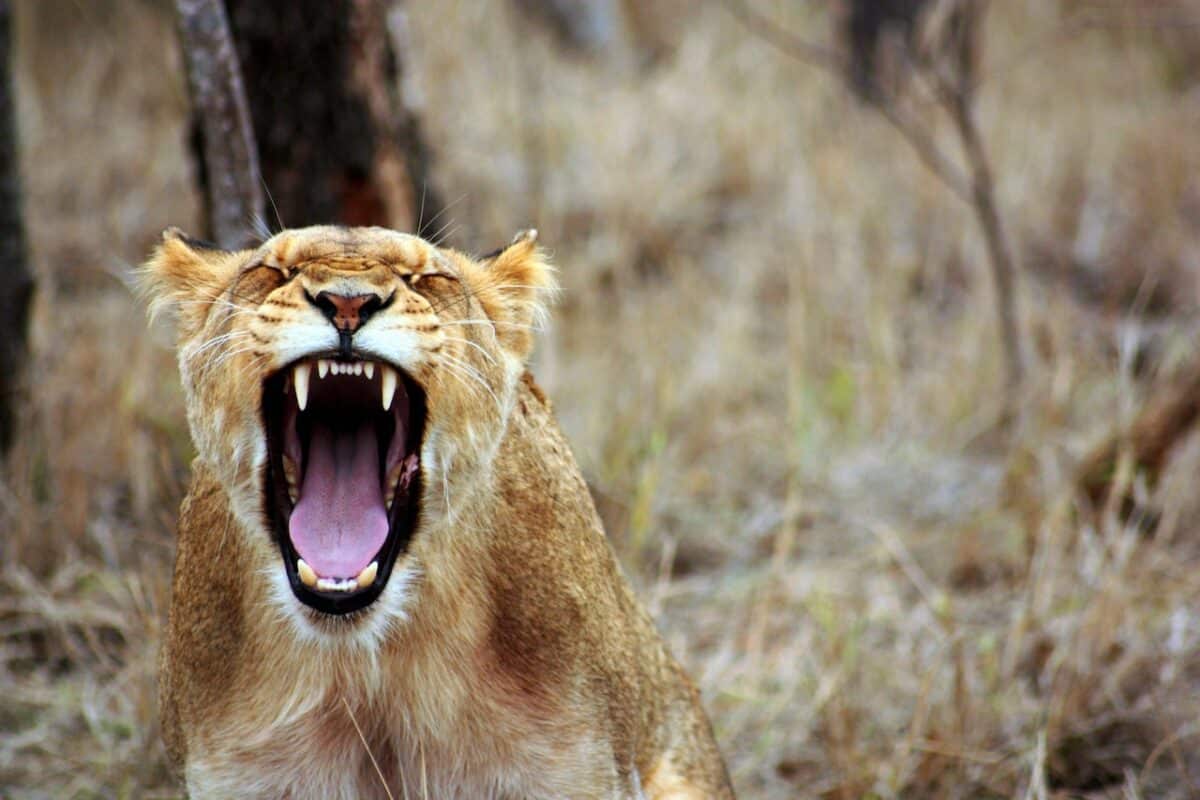
Evidently among the world’s most magnificent animals is the lion. It is an incredible sight to behold and a formidable predator. Lions are extremely fast, agile, and strong physically. Their elegant manes of long, opulent fur cover their muscular frames.
They have large heads with solid jaws, sharp canines, and incisors for more effective hunting. Lions also possess powerful hind legs, which allow them to leap up to 50 feet in a single bound!
In addition lions have thick skin that protects them from injury when attacking their prey. Generally these features combined make the lion a feared hunter and an impressive figure in the animal kingdom.
Size and Weight of Lions
Lions are the most significant members of the cat family – ranging in size from 4 to 6.5 feet long and weighing up to 550 pounds. Evidently male lions are typically larger than females, with males weighing around 350-420 pounds while females weigh 250-300 pounds.
Also lions have a distinctive mane of fur around their heads, which can vary in color from blonde to black, depending on the individual lion.
Strength and Stamina of Lions
Generally lions possess great strength and stamina due to their large size and muscular build. They can run at speeds up to 50 miles per hour for short distances and can leap more than 30 feet in one jump!
Their powerful jaws enable them to take down large prey such as water buffalo or antelope with a single bite.
Types of Attacks Used by Lions
When hunting lions stalk their prey and then ambush it to surprise it before it can flee. They typically tackle their game with their sharp claws and use their powerful jaws to strangle or break bones if necessary.
Once subdued, they may also use their vast paw to swat the animal away or crush its skull if necessary.
Habitat
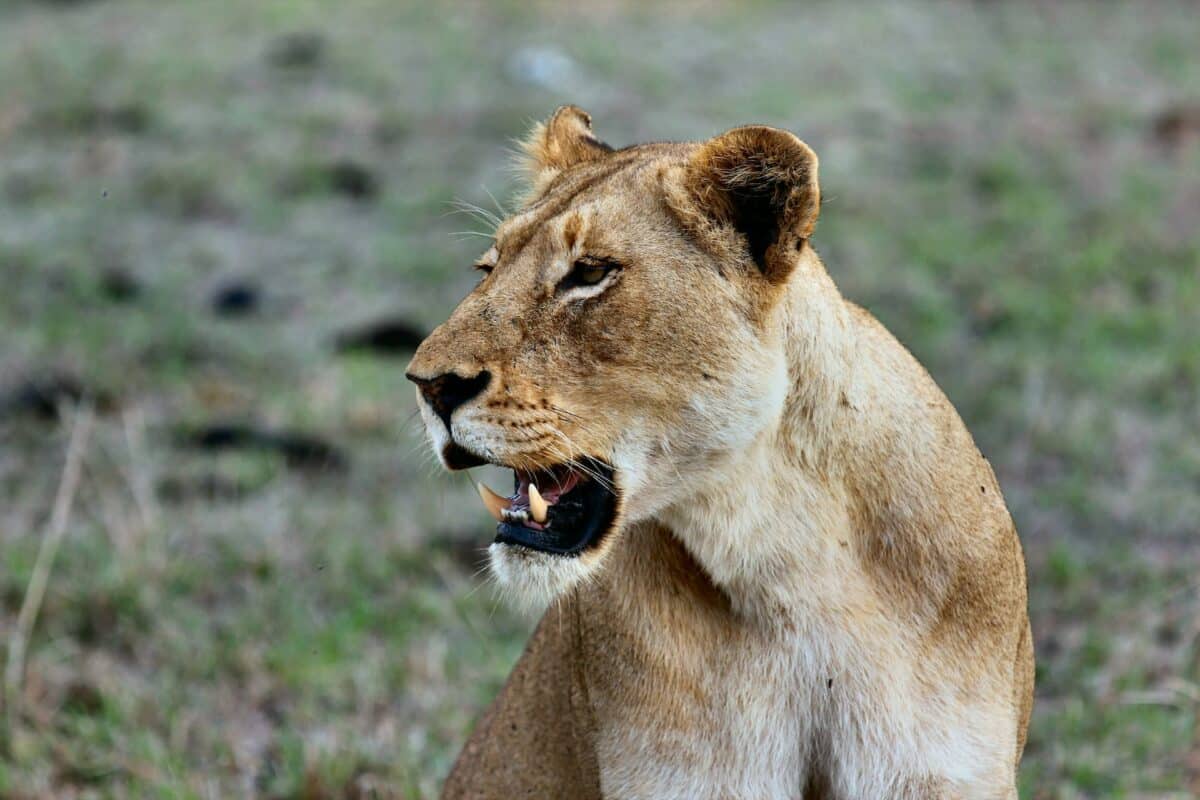
Lions are found in grasslands, open woodlands, scrublands and dry savannas throughout Africa, India, and Asia. They are highly adaptable animals that thrive in hot and cold climates, although they prefer areas with plenty of covers for concealment when hunting or resting.
Hunting Strategies Utilized by Lions
Lions typically employ three hunting strategies. These are stalking, ambushing and chasing. When stalking, the lion will creep up on their prey slowly, using their camouflage to remain undetected until it can pounce unsuspectingly.
When ambushing, the lion hides in vegetation or behind rocks, waiting for an animal to pass. Lastly when chasing, the lion will rapidly pursue their prey until it tires out and can no longer continue running. It shows me that determination can get you a long way in life.
Social Structures Formed by Lions
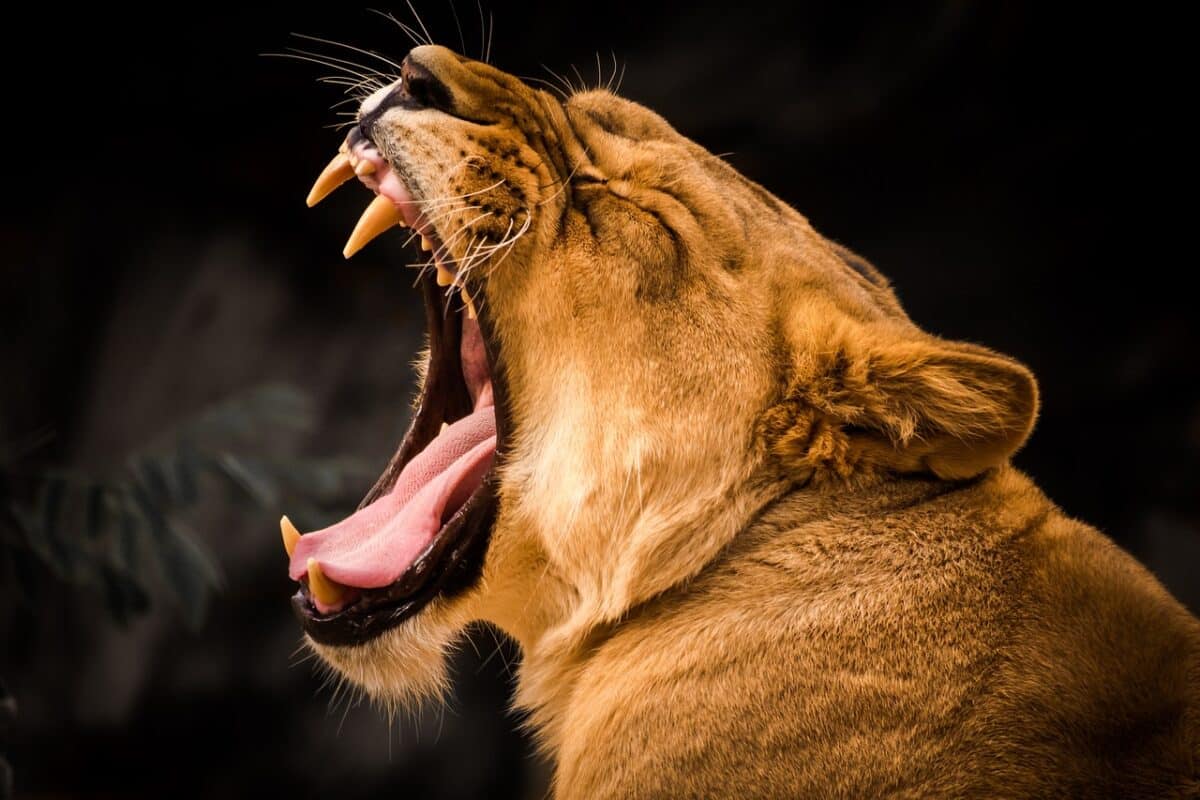
Lions form highly social and hierarchical structures socially. They live together in groups called prides which take care of several tasks such as rearing cubs or defending territory.
Within pride is usually a single dominant adult male lion whose status is based on physical strength and aggression. He has exclusive mating rights with all the females in his pride and will often actively defend them against other males looking to usurp his authority if necessary.
In addition to the dominant male, females within a pride also help each other raise young cubs, feed upon kills and stay safe from predators like hyenas who might otherwise threaten them or their cubs.
Cobra:
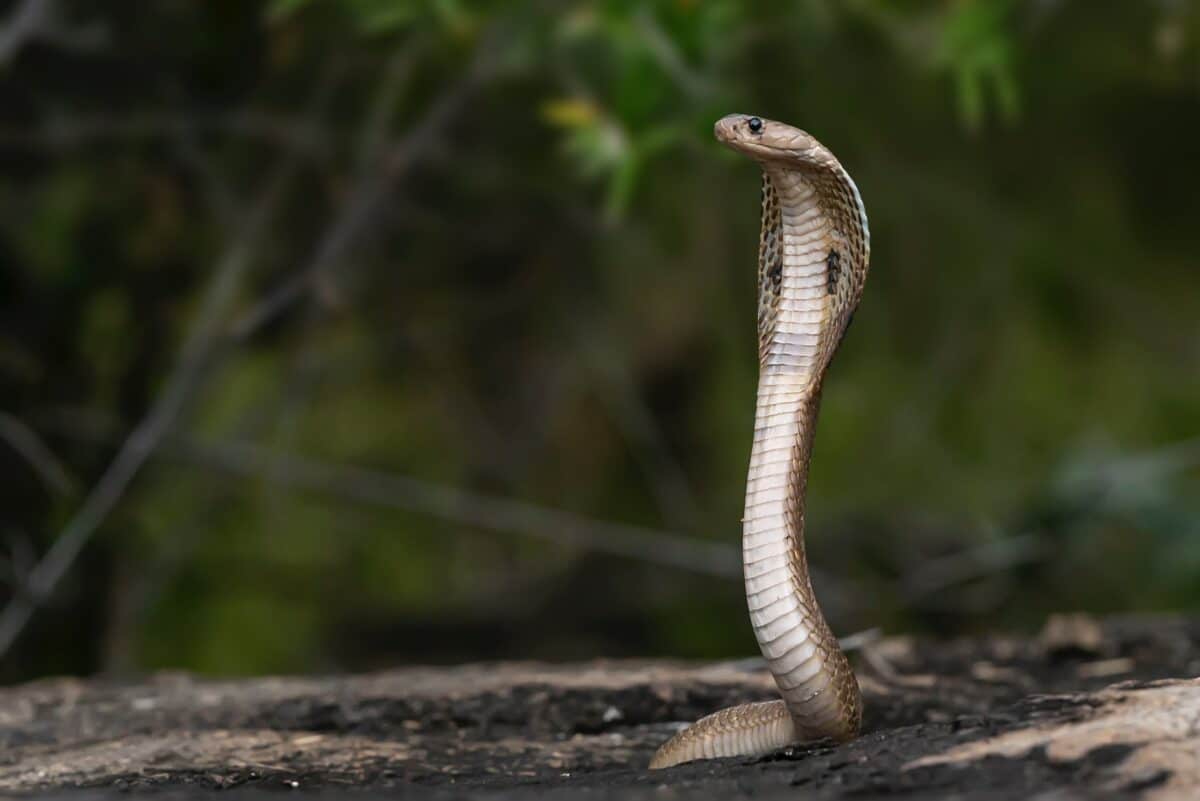
Cobras are a family of venomous snakes typically identified by their distinctive hoods and their long, thin bodies, which can be spread when threatened.
Also, they can range in size from the smallest species, pygmy cobras, which can reach up to 2 feet in length, to the king cobra, which can grow up to 18 feet.
Size and Weight of Cobras
Cobra size varies greatly depending on species, but generally, they tend to be smaller than other non-venomous snakes.
Most cobras range between 3-6 feet in length, while there are some exceptions, such as the King Cobra, which is known to grow up to 18 ft in height and weigh up to 15 lbs.
The Naja nivea, or white-lipped cobra, is considered one of the more “average” sized species at 4-5 ft in length, weighing about 12 lbs.
Strength and Stamina of Cobras
A cobra’s strength and stamina depend on its size and the species. Generally speaking larger cobra (such as King Cobras) have stronger muscles that deliver powerful bites and handle heavier prey like rabbits or birds without tiring quickly.
Smaller cobra breeds, such as Egyptian Cobra or Spitting Cobra, have less muscle mass and cannot generate enough force for powerful strikes against more oversized prey items.
Types of Attacks Used By Cobras
Cobras rely mainly on their venomous bites for an attack but also possess other strategies that help them survive in their environment.
For example, many species use their hoods to create an intimidating presence when threatened or frightened, while others can “spit” venom at distant targets accurately. Other attacks include constriction (to suffocate prey) and striking with speed.
Habitat
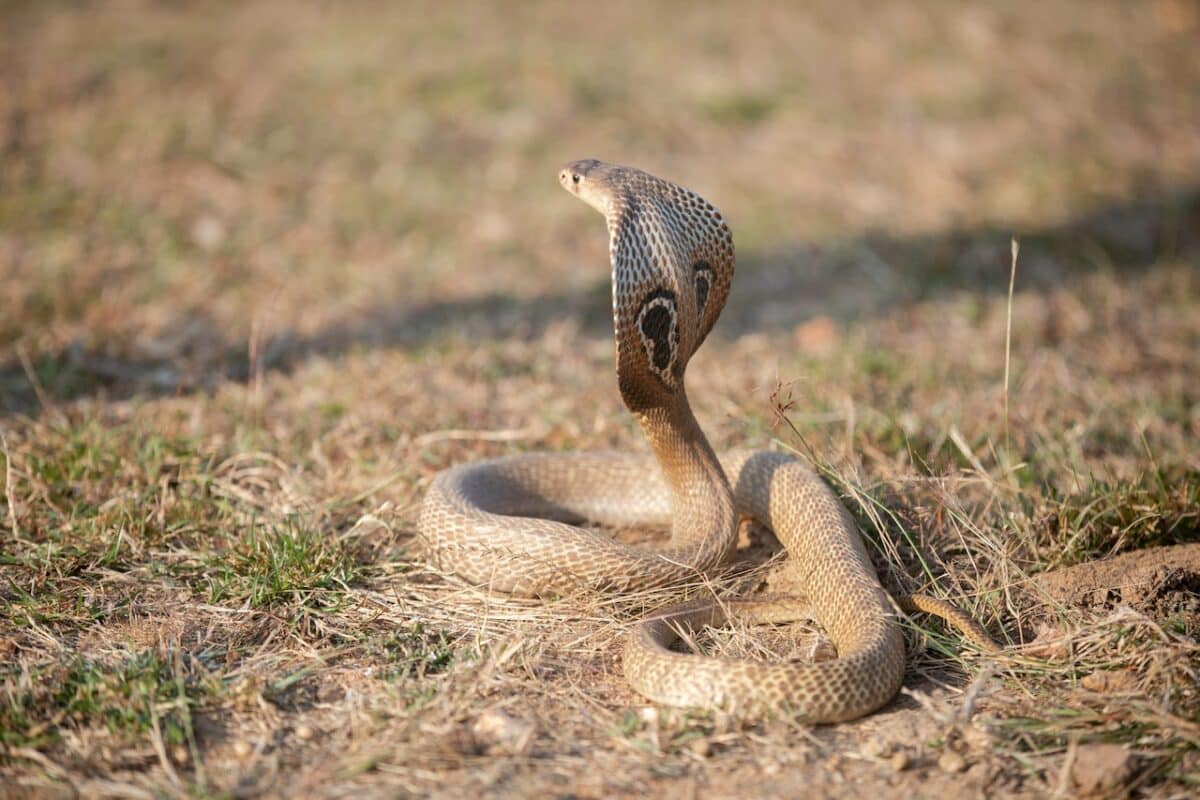
Cobras are found across various habitats – from deserts and rainforests to grasslands and wetlands. Generally they are found in areas that provide cover or shelter: such as rocks, logs or thick vegetation.
Some species prefer to hunt near water sources, while others may inhabit drier regions away from permanent bodies of water. Most cobra species live in tropical climates, although some have adapted to more temperate environments as well.
Hunting Strategies Utilized by Cobras
Cobras use a variety of hunting strategies depending on the species and which prey they are targeting. Evidently some will wait patiently for their meal while others actively search for it using their sense – sight or smell.
They tend to ambush their prey by striking quickly with great accuracy before retreating to safety. Cobras also employ construction techniques wherein they coil their body around the prey until death occurs due to a lack of oxygen supply.
Social Structures Formed by Cobras
Most cobra species are solitary animals that only come together during mating season or hibernation periods in colder months.
Some social structures have been observed between different cobra species living together in the same area where they share resources such as food sources and shelter spaces; however, there is not much evidence that these interactions extend beyond this basic level of cooperation amongst members of different cobra groups.
Wrapping Up with Lion vs Cobra
Evidently the comparison between lions and cobras can be summed up as follows- both animals have impressive physical traits and abilities but their size and habitats make them distinct.
Lions are larger than cobras and prefer the open plains or savannas of Africa whereas cobras inhabit the jungles and forests of South Asia. While both lions and cobras are feared predators capable of killing their prey, they use their differences to their advantage. Generally lions use strength and size whereas cobras rely on their deadly venom for hunting.
Ultimately, cobras may have an edge in agility and speed, whereas lions have an advantage in size and strength.
Thanks for following along with me! I hope you enjoyed reading about the pros and cons of two very different terrestrial animals.
Next up ~
- Gigantic 240-kg Bull Shark Hooked By Fisherman - May 16, 2024
- Kitten Rescued From Storm Drain In New Jersey - May 16, 2024
- Pit Bull Rescued From Being Chained Its Whole Life Gets A Surprise - May 16, 2024

